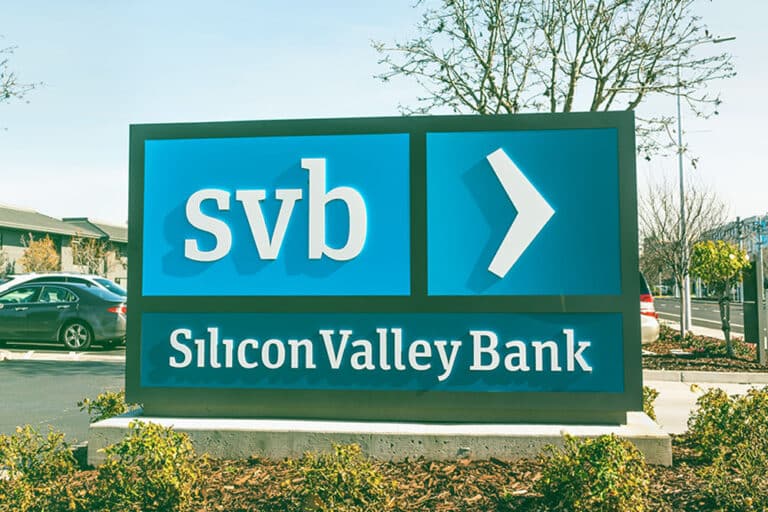
Silicon Valley Bank is the largest bank failure since the 2008 financial crisis. The failure was mainly due to an asset-liability mismatch, which resulted in the materialisation of losses from sales of quality bonds that were trading down amid rising yields over the last year, according to investment manager, Amundi.
Monica Defend, head of Amundi Institute and Vincent Mortier Group chief investment officer Amundi said: “The bond markets have been extremely volatile with extraordinary movements in the 2-year yield, with its biggest 1-day drop since 1982. Equity markets also sold off, particularly in the banking sector, including in Europe where we believe the move was mainly due to profit-taking after strong performance since the start of the year.
“We believe this is not a systemic risk. While being a negative for the market, the SVB failure is more of an idiosyncratic story rather than a systemic issue. Compared to the Lehman crisis, the bank is not leveraged, has no big derivatives exposure and no relevant global connections. Yet, this event highlights the need to carefully assess the lagging impacts of higher rates, particularly when it comes to non-systemically important financial institutions and some other non-banking financial institutions, which lack strict regulation.
Also read: Why Did Silicon Valley Bank Fail?
“We are positive on the banking sector, overall, in the US but we have a cautious stance regarding midcap financial equities. We favour banks with meaningful valuation support and a diverse deposit base.
“We are avoiding banks with credit risk as these are more exposed to recession risk. Similarly, in credit, our preference was and remains in favour of systemically important US and non-US banks which have built up capital and liquidity, improved their funding profiles and demonstrate lower leverage post the Global Financial Crisis. These banks are highly regulated with stringent capital and liquidity requirements and demonstrate less concentrated deposit profiles and more diversified business models than smaller, regional banks.
“While we expect heightened near-term volatility, the SVB event could ultimately have a positive impact on large banks, in three respects:
- SVB customers, and perhaps customers at smaller banks, are likely to move deposits to larger, more established institutions.
- Industry lending standards will likely tighten further, which will constrain economic growth, reduce inflation and make it less necessary for the Fed to continue raising interest rates. As a result, customers will have less incentive to move deposits into higher-earning assets as interest rates plateau.
- A risk-off environment due to concerns about the financial system could result in a shift out of equities back into cash, which would increase industry-wide deposits.
“While we believe the Fed will remain committed to fighting inflation, it will have also to assess the impact of the current crisis and its potential spill overs, as the macro scenario remains fragile and the overall assessment is not easy given the lagging effect of policy actions on the economy. The tightening of financial conditions stemming from the SVB crisis may lead to a less aggressive Fed than expected only one week ago and could force the ECB to reassess its policy path. Yet market moves have been extreme and we believe now is not the time to fight the Fed, as inflation remains a key factor to watch.
“And finally, overall we confirm a cautious stance as with the inversion of the yield curve suggests some cracks may start to appear. We remain cautious regarding equity and high-yield credit, with a regionally diversified approach, including exposure to Chinese equity, which appears more insulated from the epicentre of the recent turmoil.”






























